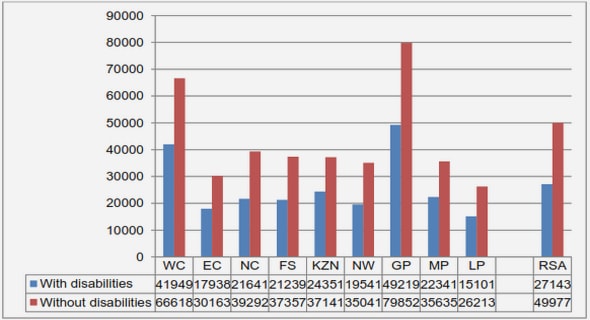(Downloads - 0)
For more info about our services contact : help@bestpfe.com
Table of contents
1 Introduction
1.1. Carbon allotropes
1.2. Properties of graphene
1.2.1. The band structure of graphene
1.2.2. Electrical properties
1.2.3. Mechanical properties
1.2.4. Optical properties
1.2.5. Thermal properties
1.3. Potential applications
1.3.1. Logic devices vs RF devices
1.3.2. NEMS sensors
1.3.3. Transparent electrodes
1.3.4. Photonics
1.3.5. Biotechnology
1.3.6. Electrochemistry
1.4. Objective of this thesis
2 Device fabrication from graphene
2.1. Different sources of graphene
2.1.1. Mechanical Exfoliation
2.1.2. Chemical Exfoliation
2.1.3. Graphene synthesis from SiC
2.1.4. Graphene synthesis by chemical vapor deposition
2.2. Graphene transfer & transfer-free processes
2.3. Wrinkle and fold formation in CVD graphene
2.4. Device fabrication: State of art
2.4.1. Transfer over existing trenches
2.4.2. Suspending by substrate etch
2.5. Driving lines for our process
2.6. Proposed synthesis and fabrication techniques
2.6.1. CVD synthesis
2.6.2. Transfer onto SiO2/Si
2.6.3. Device fabrication
2.6.3.1. Issues with the existing fabrication techniques
2.6.3.2. Key process steps developed
2.6.3.3. Mask design
2.6.3.4. Final recipe proposed
2.7. Characterizations
2.7.1. Fabrication yield
2.7.2. Periodic fold formation
2.8. Conclusions
3 Raman characterizations
3.1. Introduction to Raman spectroscopy
3.2. Raman bands of graphene
3.3. Factors influencing Raman spectrum of graphene
3.3.1. Number of layers
3.3.2. Laser energy
3.3.3. Doping and Kohn anomaly
3.3.3.1. Substrate-induced doping
3.3.3.2. Doping by adsorbates
3.3.3.3. Self-doping
3.3.4. Strain
3.3.5. Temperature
3.3.5.1. Heat treatment changes doping levels
3.3.5.2. Heat treatment changes strain
3.3.5.3. High temperature changes defects
3.4. Results & Discussion
3.4.1. Uniformity of Raman spectra of graphene
3.4.2. Raman signal enhancement
3.4.3. Number of layers
3.4.4. Influence of laser energy
3.4.5. Defects
3.4.6. Influence of doping
3.4.7. Influence of strain
3.4.8. Influence of temperature
3.5. Conclusion
4 Electrical Characterization
4.1. Contact resistance
4.1.1. Measurement configuration
4.1.2. Contact resistance on graphene
4.1.3. Measurement results
4.2. Hysteresis
4.2.1. Possible origins for hysteresis from literature
4.2.2. Measurement results
4.3. Hall mobility at low temperature
4.3.1. Mobility in graphene
4.3.2. Mobility extraction from Hall measurements
4.3.3. Measurement results
4.4. Observation of quantum effects in magnetoresistance
4.4.1. Weak localization
4.4.1.1. Theory and weak localization graphene
4.4.1.2. Discussion of our results
4.4.2. Quantum Hall effect
4.4.2.1. Theory and quantum Hall effect in graphene
4.4.2.2. Observation of Landau levels in our measurements
4.5. Temperature dependence
4.5.1. Scattering mechanisms in graphene
4.5.2. Measurement results
4.6. Conclusion
5 Conclusions & Prospects
6 References




